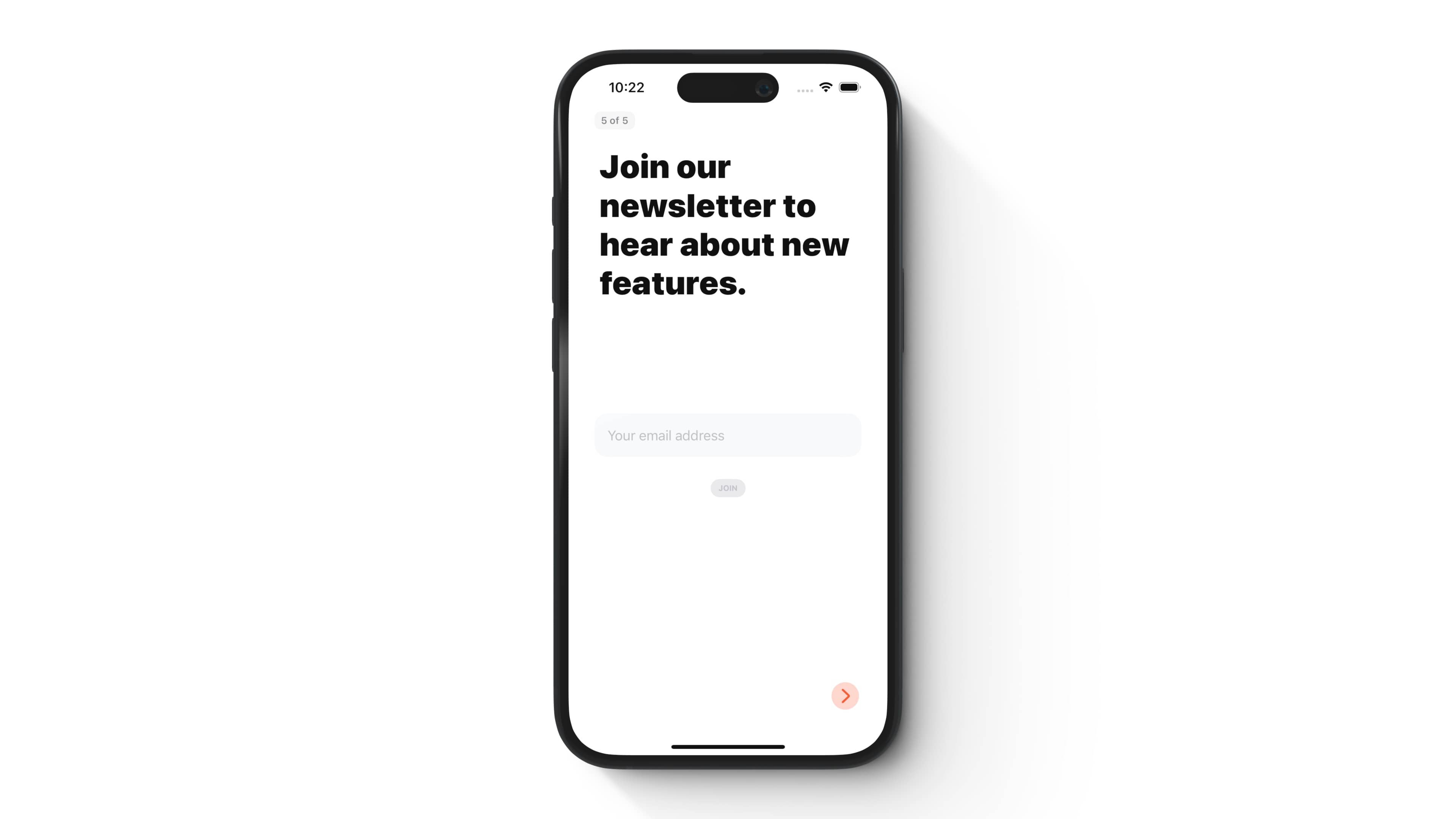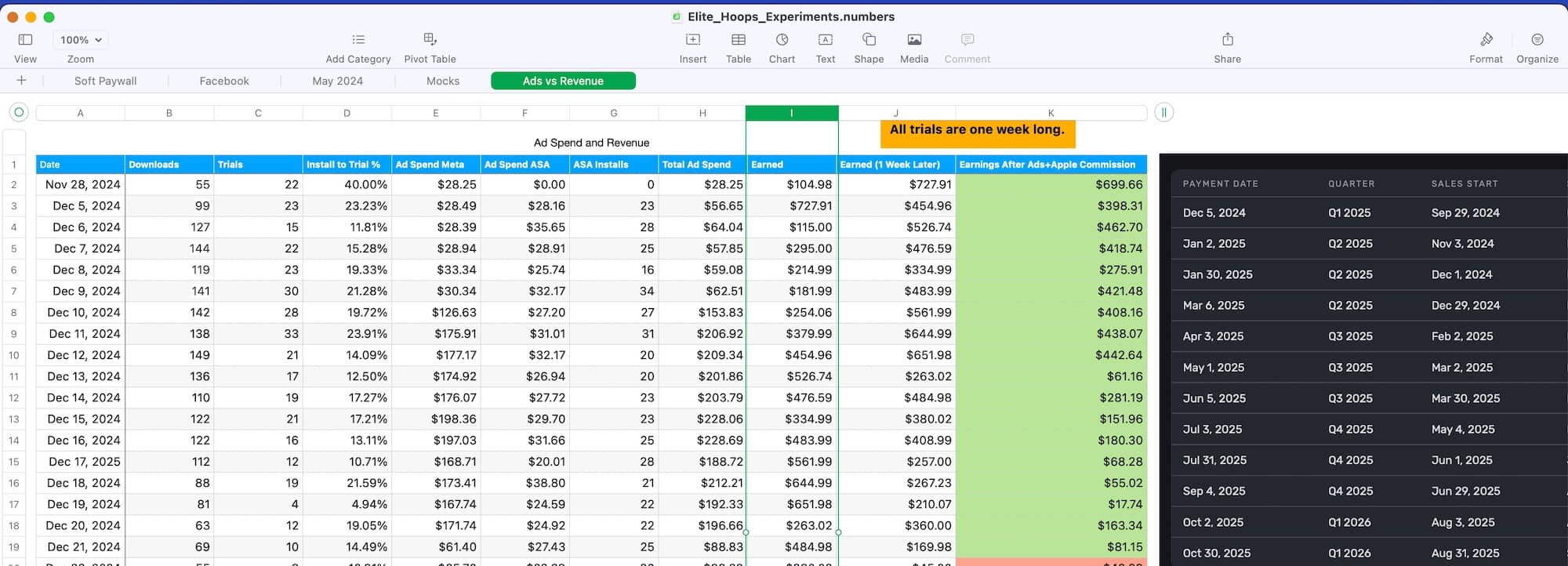Three Indie Marketing Tips from my Deep Dish 2025 Talk

This post is brought to you by Sentry, mobile monitoring considered "not bad" by 4 million developers.
Deep Dish Swift 2025 has been a treat, as it always is. My talk over indie app marketing seemed to resonate, but if you missed it — here are the three main takeaways from it. Think of it as a cheat sheet for my talk:
Shift your mindset
The first thing we have to do as indies is to stop defaulting to only coding. We tend to use a lot of our rare free time on “the next feature” or something from WWDC. All well and good, but there is a time and a place for it — and it’s not all the time.
Try to split your indie-dev time around, ideally, 50/50. You market half the time. You do product work half the time. If that’s unreasonable for your current situation, then try something like 60/40.
The point is, marketing must become a critical and first-class component of how you do things.
Emails!
Email marketing is, I think, something I can promote in general terms - insofar as it’s applicable to any app, for any indie and at any size. The amount of purchasing intent is high on emailing lists or a newsletter. Folks are consciously choosing to be there. If you don’t have one, I’d encourage you to get started today.
I personally use Mailerlite, and it has worked pretty well. There are several options, though — and all of them have an API. I recommend popping in a sign up form tactfully in your app’s onboarding. In Elite Hoops, it’s about the third or fourth slide, depending on a few other factors:

Paid acquisition
Yes, paid acquisition can work for indies. But, you need to come at it with the right expectations and game plan:
- Save up ahead of time to spend, at least, $30 a day — and for at least a month. In my experience, you need to be spending around that much to A) learn anything about if it’s working, and B) see any tangible results.
- Realize that setting up your first campaign sucks. It’s hard, the dashboard is confusing, there’s a bunch of esoteric errors you’ll encounter - the list can, and will, go on. It’s like submitting your first app to the App Store. A wee bit painful, but once you’re done - you’re good to go.
- Keep a strict spreadsheet of showing all meaningful results, how you much you’ve spent, the trial conversion rate and any other data you can think of to make it absolutely certain if things are working. The one I use is in the image below - and you can download the template here.

Be sure to change the top row to account for your trial length. The idea is that you go back and fill in the “Earned X Week/Day Later” and then the cell right after it will do a simple Income - Ad Cost = Takehome calculation.
Final Thoughts
What else can I say? Try marketing your app! If you want to check out the talk, it’s at the 5hr08min mark here.
Until next time ✌️